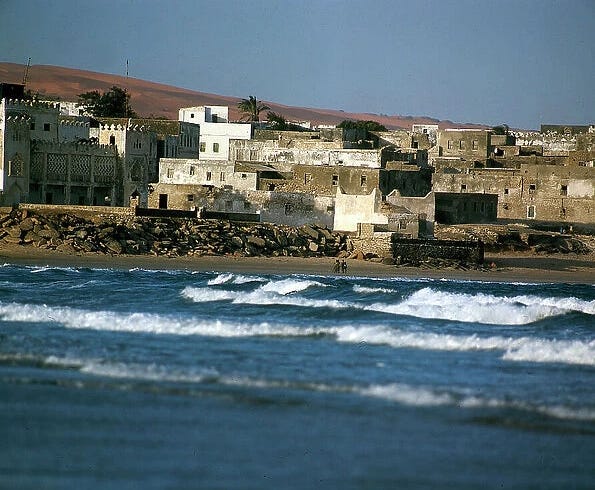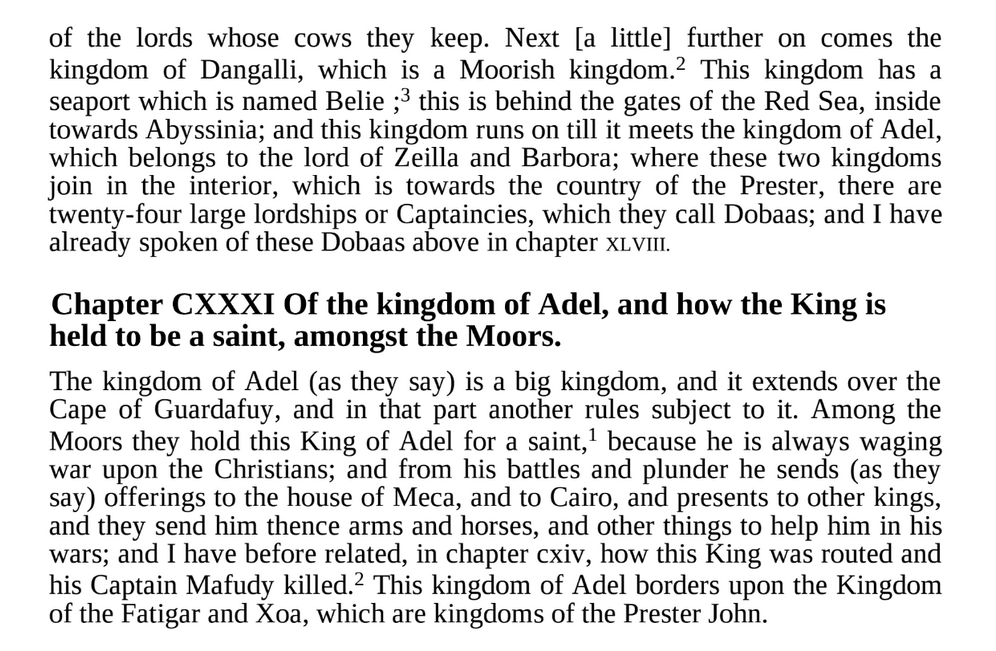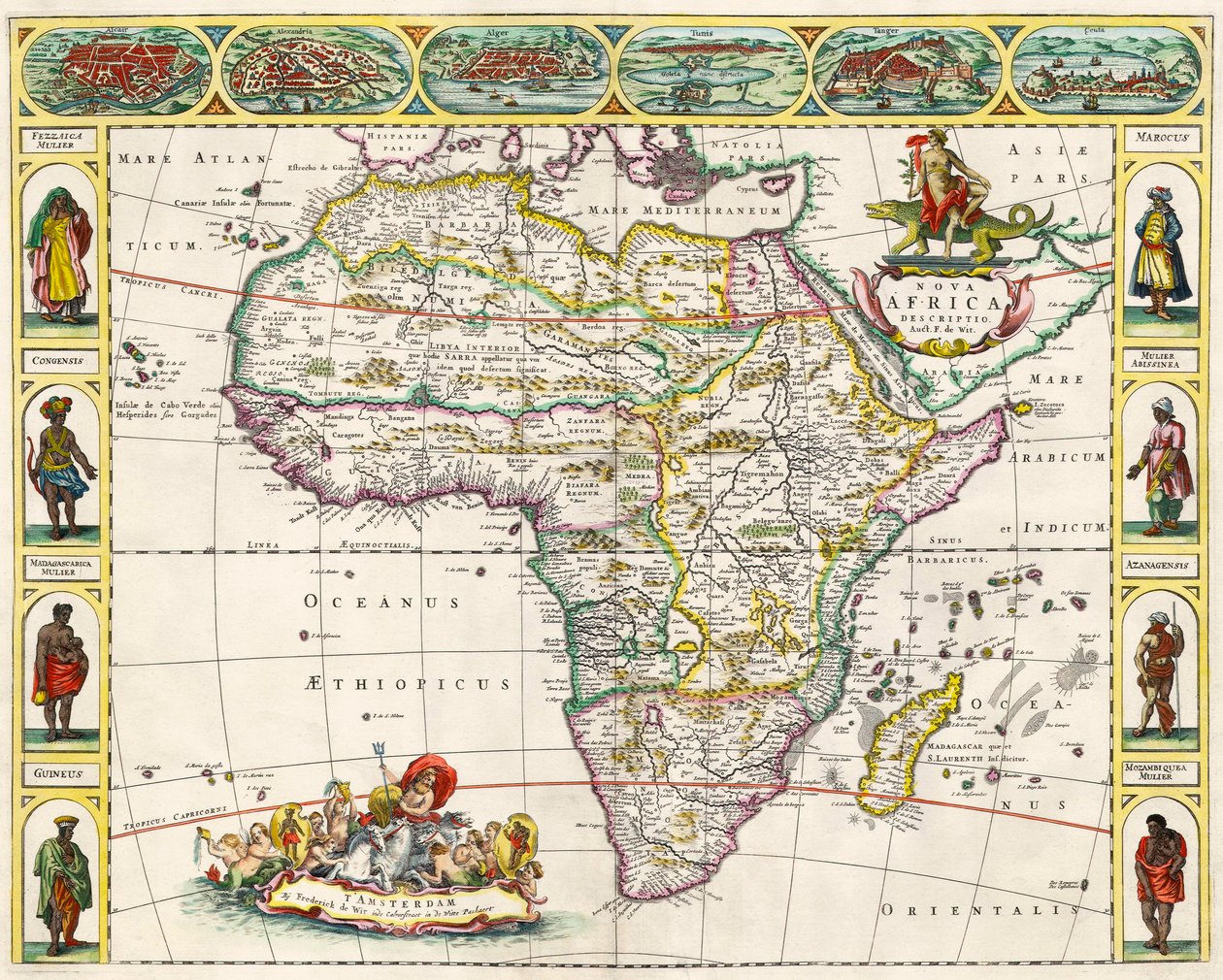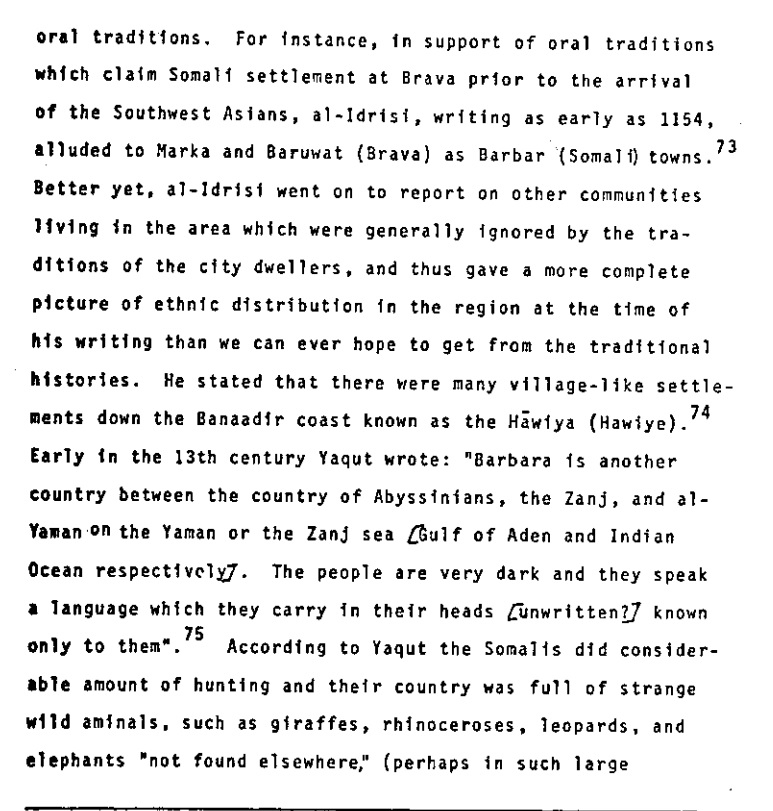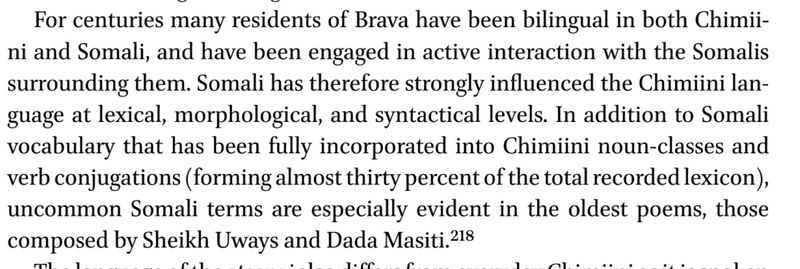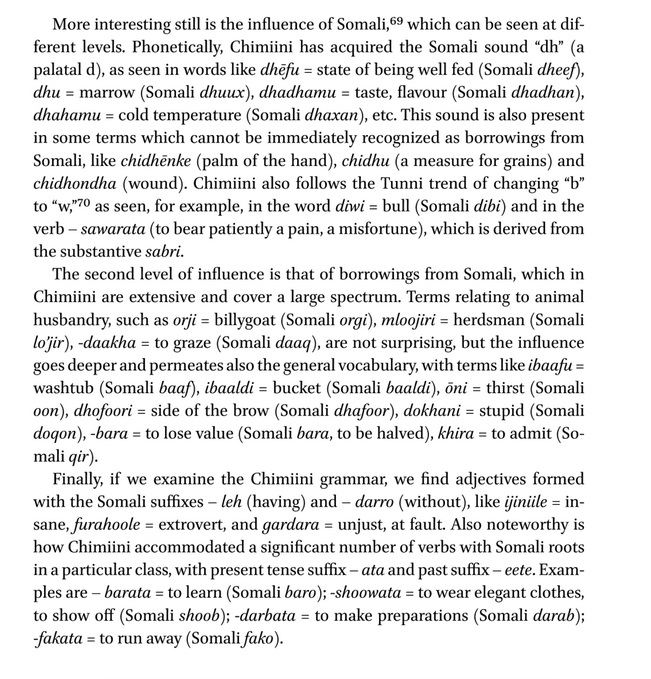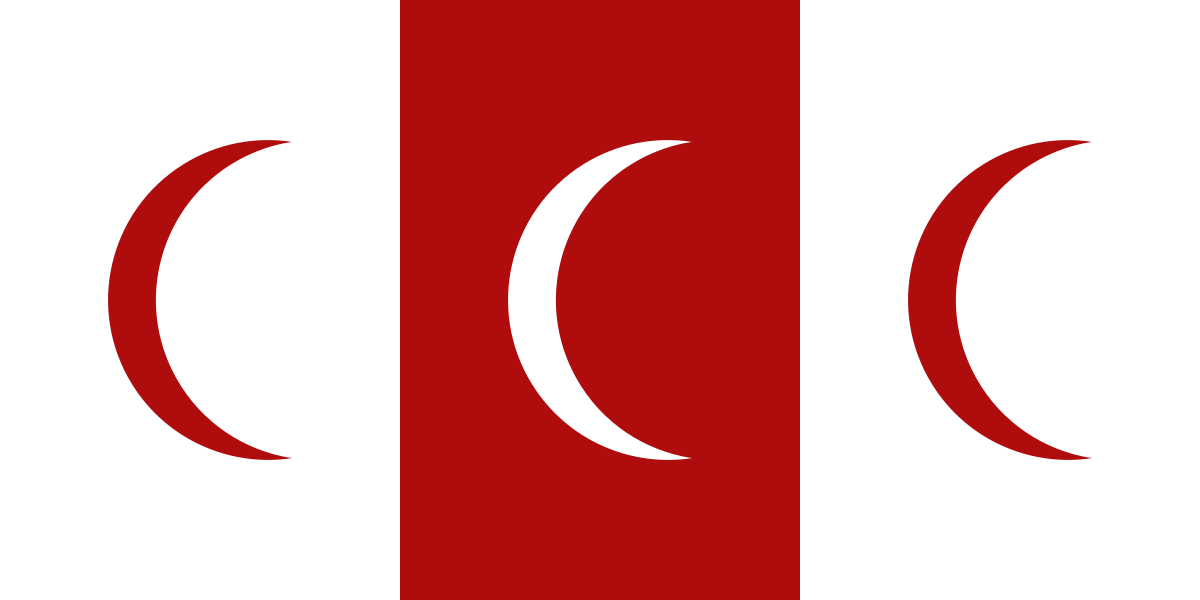I thought Adal was in Southern Somalia?
This twitter “historian” hates somalis and groups us with ethiopians.
Someone stand on business or start a Somali history blog, i’m tired

This twitter “historian” hates somalis and groups us with ethiopians.
Someone stand on business or start a Somali history blog, i’m tired
Last edited:


